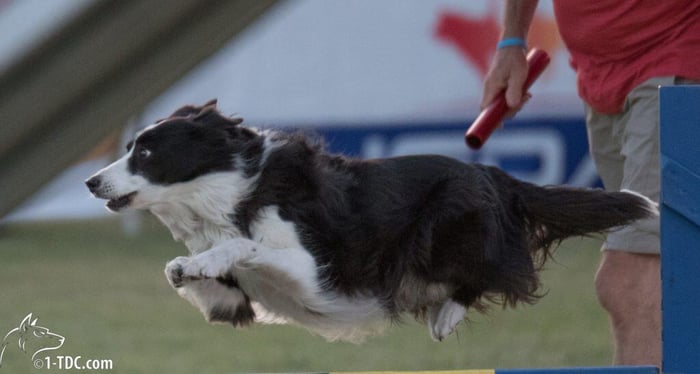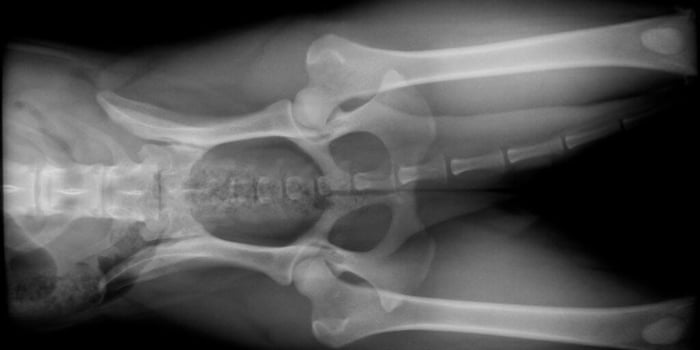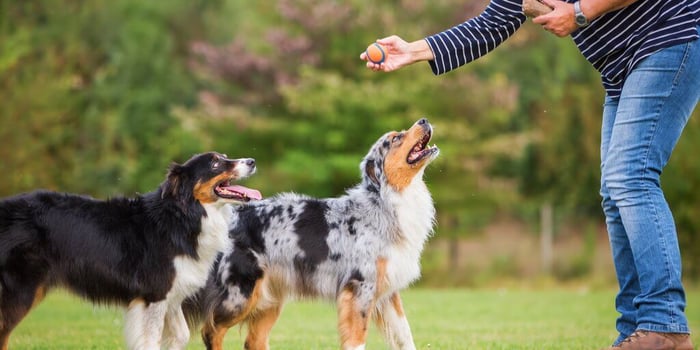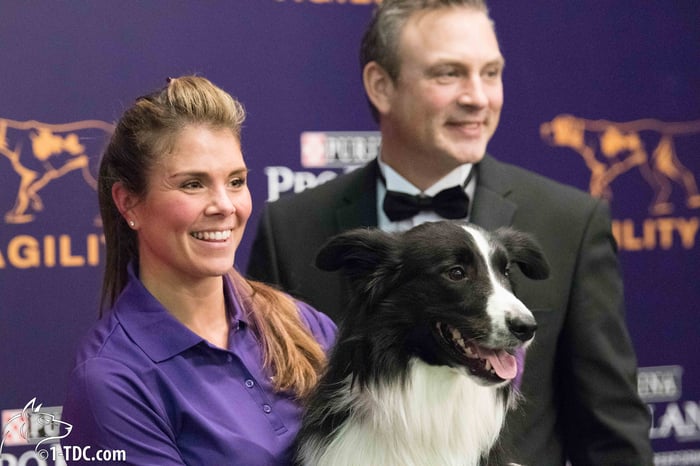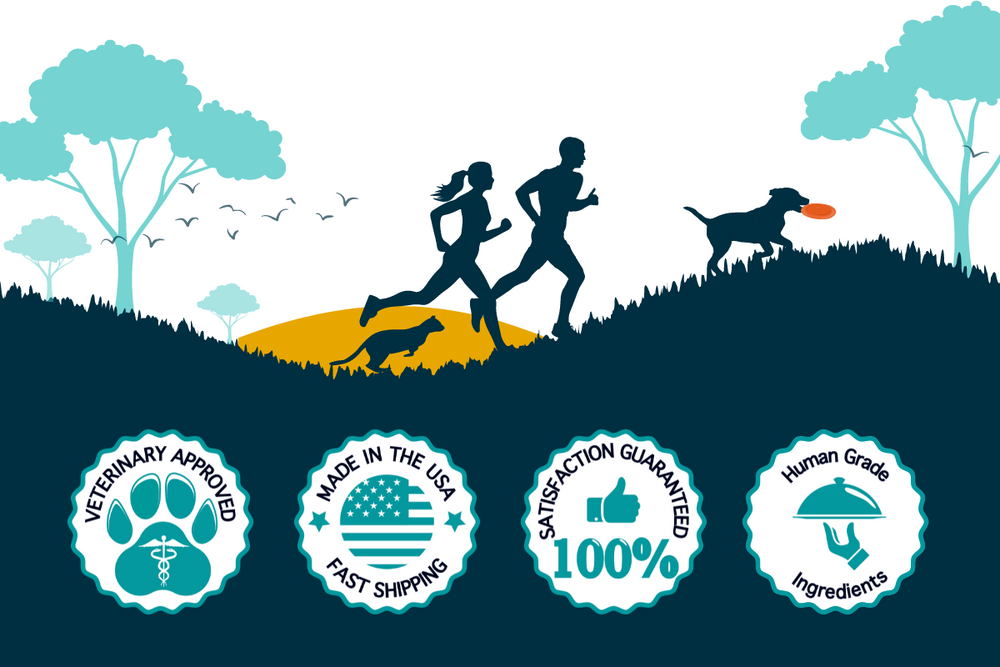Dogs are perfectly capable of running quickly without the handler escorting them. They actually would be better off if their speed were not tied to that of their handlers.
The upside of being ahead of the dog is that the dog can naturally and more easily predict where he is going. When the handler is behind the dog, the direction isn’t as obvious. This means that handling from behind requires more training.
This is likely why many people think that the more you run and stay ahead of the dog, the faster the dog will go. It is an immediate fix. Handling from behind is not; it requires training, which, of course, takes time. Also, when dogs are learning, they often slow down.
I’ve found some students to be reluctant to train in situations where they are not racing the dog because, yes, the dog goes slower at first. This is because he is learning! However, if you are clear, fair, and consistent, dogs will learn; once they realize they don’t actually need you to go forward to an obstacle, they will go to it more quickly.
It is a huge confidence builder, and I think the dogs enjoy the freedom of the unrestricted movement.
This is not to say that I don’t handle my dog from in front, or that I don’t try to run hard. I do; however, my focus is to tell the dog where to go, not to beat him or escort him there.
In fact, I don’t want to be able to beat my dogs easily—they should be going faster than I am. Picture an ending line where the last couple of jumps are clearly in the dog’s view. If he only went as fast as I could run, he wouldn’t be reaching his potential. Dogs who know that their handlers want them to go ahead and take all of those jumps will go faster than the dogs who are “pacing” the handler, even if the handler is running at full speed.
Like I said, this takes training. Believe it or not, dogs really want to know where we are, and they naturally come toward us. So, to convince them to leave us and drive ahead, first you need to give them a reason!
I am a big fan of pre-placing the reward where I want the dog to go. This explains to him the “where.” It is also important that dogs be rewarded away from their handlers.
Why would they want to leave you if they are only rewarded next to you? I teach all of my dogs to run ahead of me, move away from me, and turn away from me so that as long as they know which direction I want them to move, they will go there and won’t feel as if they are tied to me.
This training and strategy really does work, but as I said, it is not always the dog’s natural tendency.
If you have a dog that wants you to escort him, or is a “Velcro dog,” you absolutely need to teach him that he CAN go without you. He might go slowly or cautiously at first, but the more you show him that he doesn’t need you, the more confidence and understanding he will develop—which, of course, leads to an increase in your dog's speed!
1-TDC Oral Health + Mobility Support for Dogs
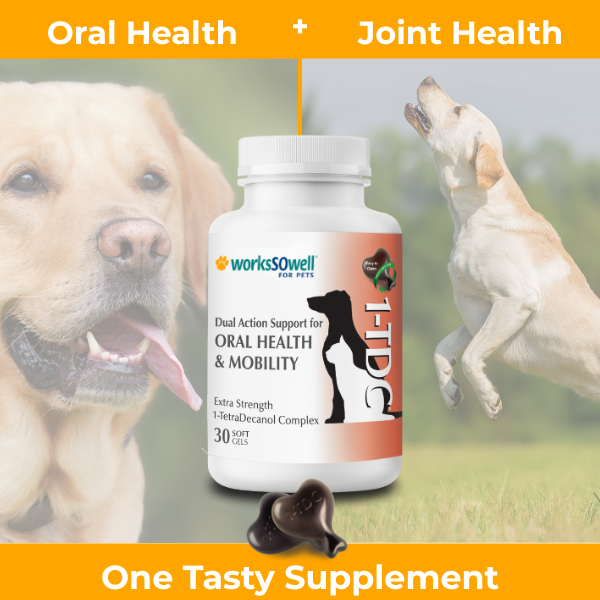
$33.00
Keep your pet Happy, Active & Comfortable from Head-to-Tail with 1-TDC. This unique supplement is SO effective that it is recommended by TOP Veterinary Experts worldwide to maintain and improve your pet’s health in 4 important areas: Oral Health….… read more



